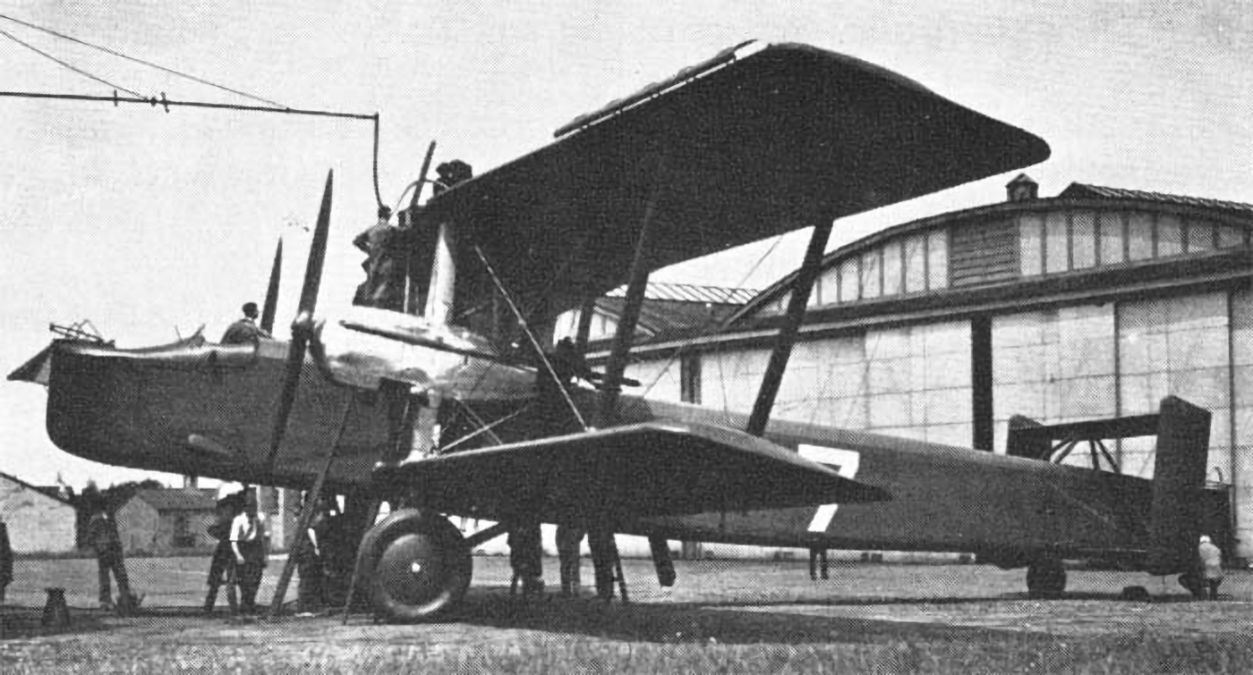Vickers Vanox British Bomber
Although initially designed as a private venture, Vickers Vanox design coincided with the issuing of Air Ministry specification B.19/27 for a Virginia replacement.
Flying for the first time on 30 November 1929, initial testing and evaluation showed that the aircraft had poor handling, being unstable laterally, prone to Dutch roll and to severe flexing of the rear fuselage. Following a forced landing it was rebuilt incorporating recommendations made in reports from Ministry test pilots to try to resolve these problems, and was powered by Kestrel III engines (which replaced the original Rolls-Royce F.XIV).
These changes did not solve the aircraft’s handling problems, while the Kestrel engines proved unreliable, and were replaced by more powerful Bristol Pegasus radial engines. In this form, the aircraft was designated the Vickers Type 195 Vanox.
Following further modifications in February 1933 to improve performance, with extended, three-bay wings being fitted, it was now designated the Type 255. However, by this time, the competing Handley Page Heyford and Fairey Hendon bombers had already been ordered into production. As a result, the sole Type 255 was used for aerial refuelling trials work by the Royal Aircraft Establishment, being flown for the last time on 7 January 1938






